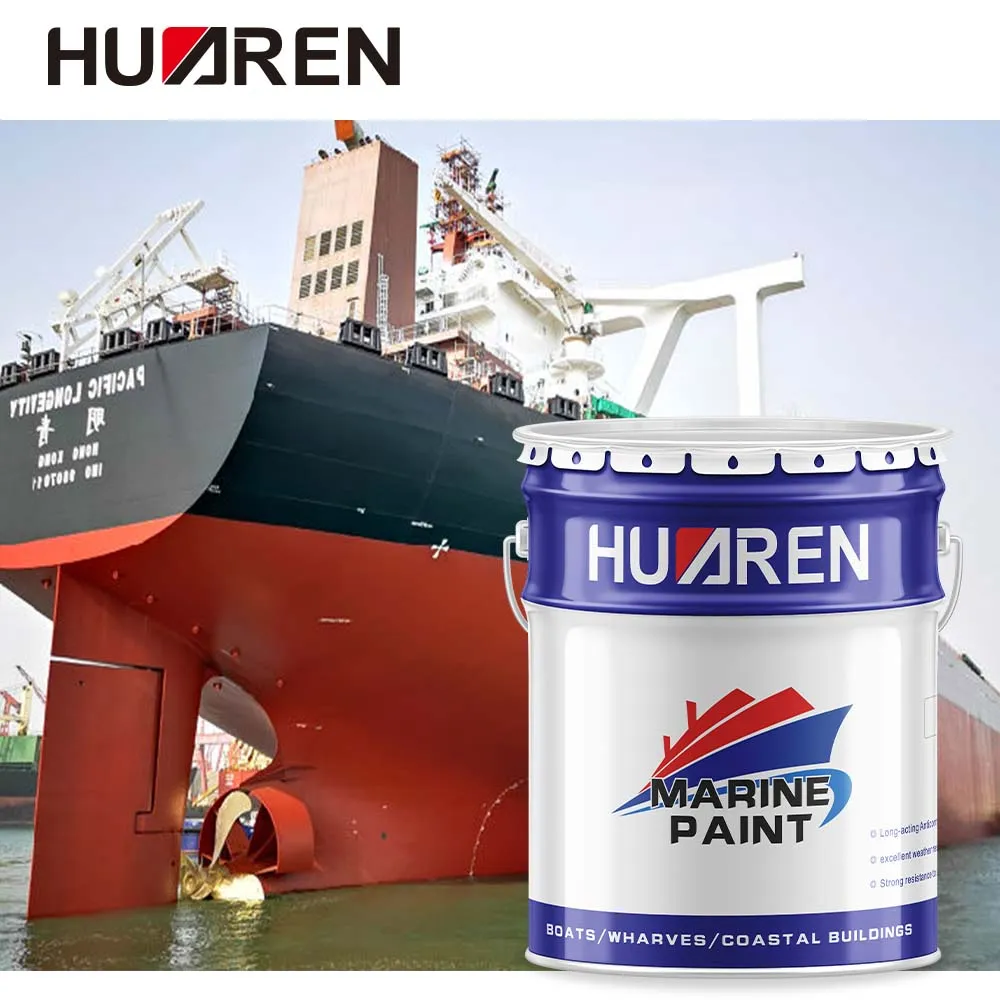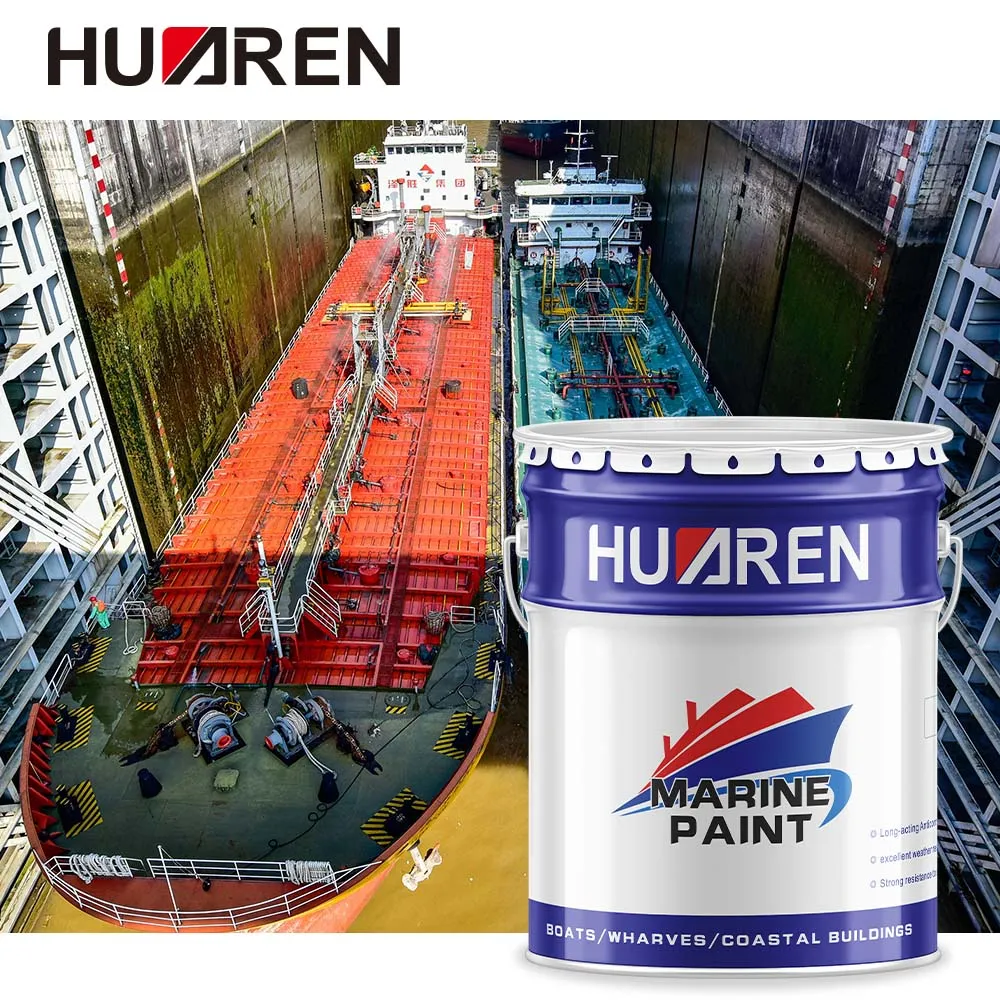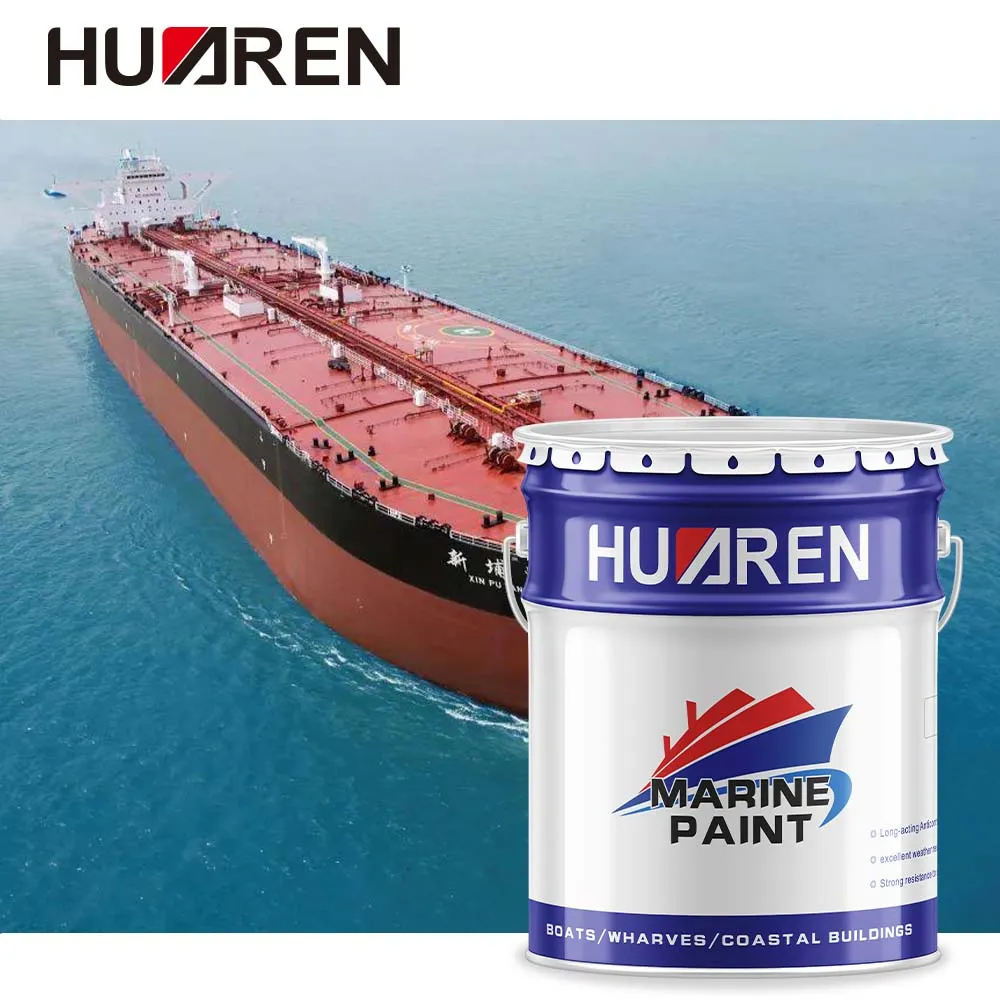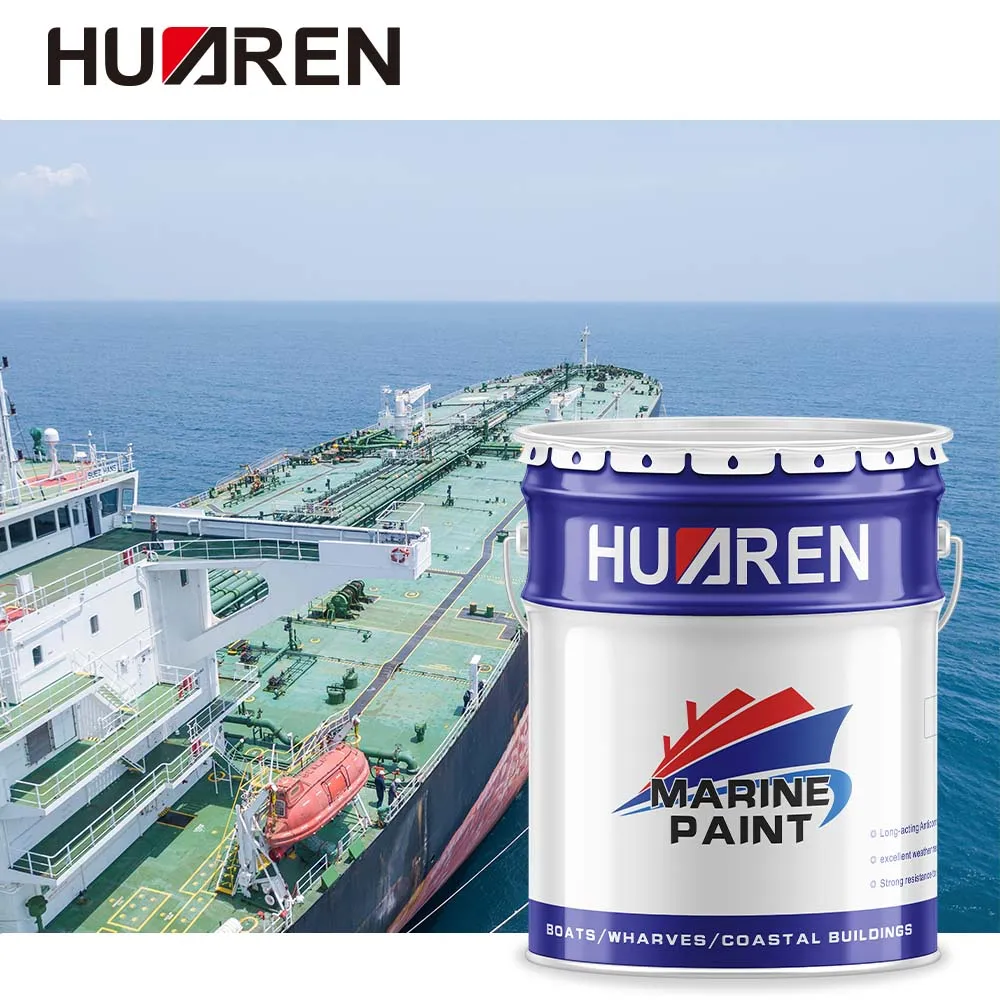The safety and durability of ships have always been one of the key issues in the marine industry. As an important means of transportation in many fields such as shipping, fisheries, and military, the maintenance and protection of ships is crucial. With the increasingly severe marine environmental conditions, the application of ship protective coatings has become particularly important. And waterproof performance, as one of the core indicators of ship protective coatings, has always been the focus of ship coating development and use.
The role of waterproof paint is not only to protect the surface of the hull, but more importantly, it can improve the structural integrity of the ship, extend the life of the hull, and reduce the frequency of repairs and maintenance. In harsh marine environments, ships are often affected by factors such as waves, seawater, and wind. These factors will not only cause corrosion on the metal surface of the hull, but may also cause water seepage inside the hull, affecting navigation safety. Therefore, it is particularly important to study and select ship protective coatings with good waterproof performance.
This article will conduct a comprehensive analysis of the types, functions, evaluation criteria for waterproof effects, application scenarios, and construction processes of ship protective coatings, explore the waterproof effect of ship protective coatings, and help ship managers, ship owners, and coating manufacturers better understand and choose suitable ship protective coatings.

What is ship protective coatings?
Marine protective coatings are special coatings applied to the surface of ships to improve their corrosion resistance, antifouling, waterproof, wear resistance, heat resistance and other properties. Marine protective coatings usually include anti corrosion paint, antifouling paint, waterproof paint and other functional coatings, such as anti-ultraviolet paint, antibacterial paint, etc. As a kind of marine protective coating, waterproof paint is mainly used to prevent seawater from penetrating the surface of the hull, protect the metal parts of the ship from corrosion by seawater, and extend the service life of the ship.
1.1 Anti corrosion paint
Anti corrosion paint is one of the most important coatings for ships, mainly used to prevent oxidation corrosion of the metal parts of the hull due to factors such as seawater and humid air. Marine anti corrosion paint is usually divided into two categories: primer and topcoat. Primer usually has strong adhesion and corrosion resistance, while topcoat has strong wear resistance and protective performance.
1.2 Antifouling paint
The main function of antifouling paint is to prevent marine organisms such as snails, shellfish, algae, etc. from attaching to the surface of the hull, thereby avoiding the formation of a fouling layer on the surface of the hull and reducing the navigation efficiency of the ship.
1.3 Waterproof paint
As an important component of ship protective coatings, waterproof paint’s main function is to prevent water from penetrating into the ship’s structure, especially the metal part of the hull. These coatings have excellent waterproof properties and can effectively prevent the penetration of seawater or fresh water, ensuring that the ship’s waterproof performance is good.

Is the waterproof effect of ship protective coatings good?
The waterproof effect of a ship mainly depends on the quality of the waterproof paint used, the construction process, and the thickness of the coating. The main function of waterproof paint in ship applications is to prevent water from penetrating the hull surface and protect the ship’s structure and the safety of the crew. The waterproof effect of ship protective coatings directly affects the safety and service life of the ship in harsh marine environments.
2.1 Basic requirements for waterproof paint
Ship waterproof paint needs to meet the following basic requirements:
● Strong water resistance: Waterproof paint must have good water penetration resistance and can effectively prevent moisture from entering the interior of the ship.
● Salt water resistance: Ships usually sail in salt water environments, and waterproof paint needs to have excellent salt water corrosion resistance to avoid seawater penetration and damage to the hull.
● High temperature resistance: During the operation of ships, ships may encounter high temperatures. Waterproof paint needs to maintain stability in high temperature environments to avoid softening or falling off.
● Abrasion resistance: The surface of ships often encounters friction. Waterproof paint needs to have a certain wear resistance to ensure that the coating is not easily damaged.
2.2 Common types of ship waterproof paint
According to different usage requirements, ship waterproof paint can be divided into the following categories:
● Epoxy waterproof paint: Epoxy paint is widely used in ship waterproof paint due to its good adhesion and water resistance. Epoxy waterproof paint can form a solid waterproof film to prevent seawater from penetrating the interior of the hull, and has good corrosion resistance.
● Polyurethane waterproof paint: Polyurethane paint has strong weather resistance and salt water resistance, and is suitable for ships exposed to harsh environments for a long time. It can provide long-term waterproof protection to prevent seawater from corroding the hull.
● Acrylic waterproof paint: Acrylic paint has good water resistance and simple construction, which is suitable for some low-budget ship projects. Its advantage is that the coating dries quickly, but it is relatively weak in durability.
These waterproof paints have their own advantages and disadvantages, and they need to be matched according to the use environment and needs of the ship when choosing.

What are the factors that affect the waterproof effect of ships?
Although the waterproof effect of ship protective coatings has strong protective ability in theory, in actual application, there are multiple factors that may affect its waterproof performance. The following are the main factors affecting the waterproof effect of ships:
3.1 Paint quality
The quality of the paint directly affects the waterproof effect. High-quality waterproof paints usually use high-quality raw materials and advanced production processes, and have strong waterproof, corrosion and wear resistance. Low-quality paints may have poor waterproof effects due to insufficient raw materials, unqualified production processes, and even fall off and cracking in the short term.
3.2 Construction process
The construction process of the paint is crucial to the waterproof effect. Even high-quality waterproof paints, if improperly applied, may lead to uneven coating thickness, bubble generation or coating damage, which ultimately affects the waterproof effect. Therefore, construction personnel must strictly follow the paint manufacturer's instruction manual to ensure the uniformity, thickness and adhesion of the coating.
3.3 Coating thickness
The thickness of waterproof paint directly determines its waterproof effect. A coating that is too thin may not provide an adequate waterproof barrier, while a coating that is too thick may cause cracks or peeling on the coating surface. Usually, waterproof paint needs to be applied in multiple layers to ensure the effectiveness and durability of the coating.
3.4 Environmental factors
The waterproof effect of ship protective coatings is also affected by environmental factors. Especially in harsh marine environments, ships are exposed to natural conditions such as seawater, wind, sunlight and temperature changes for a long time, which will affect the protective effect of the coating. Therefore, when choosing waterproof paint, the specific navigation area and environmental conditions of the ship must be considered.

Evaluation of the waterproof effect of ship protective coatings
To measure the waterproof effect of ship protective coatings, the following standards are usually used for evaluation:
4.1 Water permeability test
The water permeability test is an important criterion for evaluating the performance of waterproof paint. This test simulates the penetration of seawater or fresh water to determine the degree of water penetration of the coating within a certain period of time. The lower the water permeability, the better the waterproof effect of the waterproof paint.
4.2 Corrosion resistance test
Since ship waterproof paint needs to be used for a long time in seawater environment, corrosion resistance is an important indicator of waterproof effect. By simulating seawater corrosion, the salt water resistance of the coating is tested to evaluate its performance under long-term exposure to corrosive environment.
4.3 Mechanical strength test
The mechanical strength of the coating determines its ability to resist external physical impact. High-strength coatings can better protect ships from factors such as waves and wind, and reduce the risk of coating damage.
When it comes to reliable industrial paint suppliers in China, Huaren Chemical Industry Co., Ltd. is a name that professionals trust. As a factory established in 1994, we have decades of experience in manufacturing a full range of coatings and resins. Whether you're looking to buy epoxy paint, water-based coatings, or chlorinated rubber solutions, we offer competitive prices, fast quotes, and custom production services.
Our paints are supplied in bulk to buyers across Africa, Southeast Asia, and Europe. For high-quality products at factory-direct discounts, contact Huaren Chemical — your dependable supplier and manufacturer from China.

